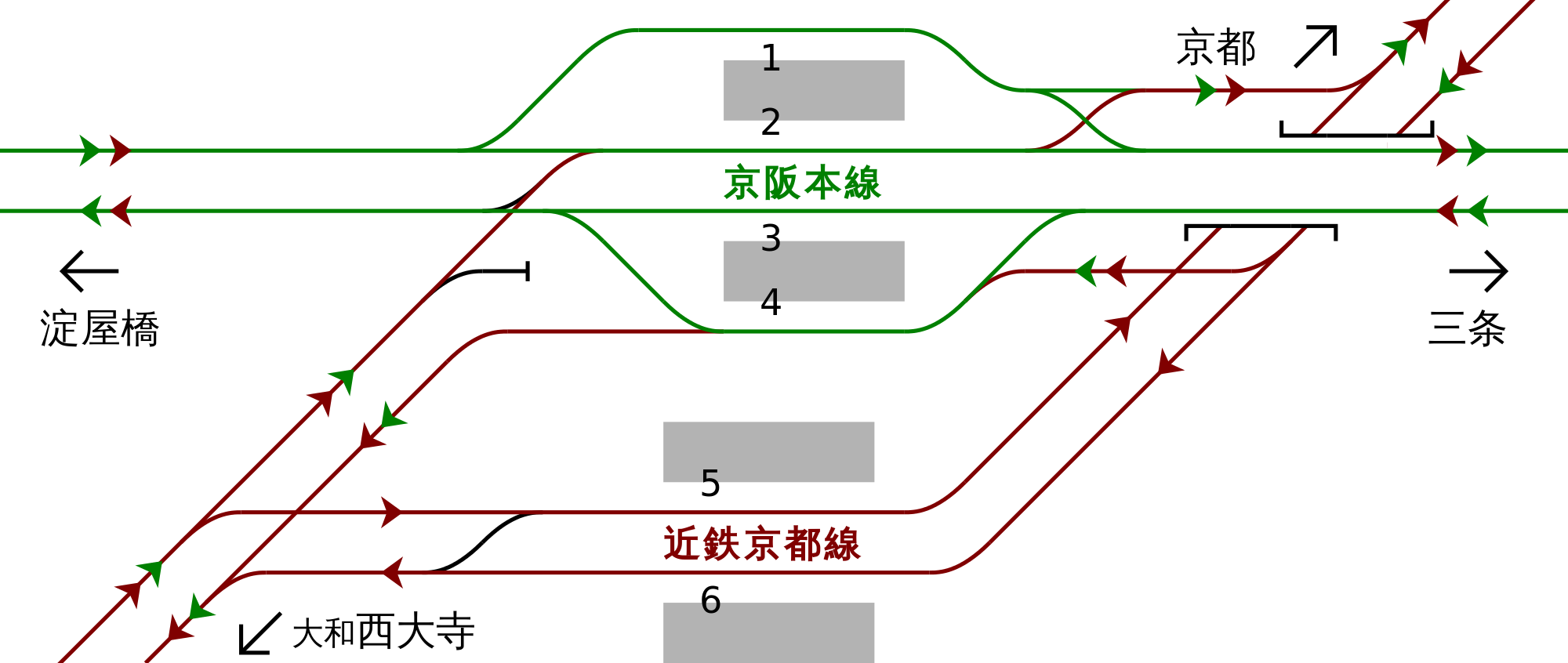Guide to Stunning Group Photos
페이지 정보

본문
During a reunion, the urge to capture the moment in a group photo is almost instinctive.
Yet, even a simple snapshot can feel like a logistical puzzle.
From deciding who should stand where to ensuring everyone can see their faces, the process can become a mini‑project.
Below is a practical guide to help you turn those chaotic moments into polished and inclusive photos without breaking a sweat.
Understanding the Dynamics
Recognizing that a group photo encompasses multiple personalities, body sizes, and sometimes awkward spaces, rather than just a few people before a backdrop, is key.
Choreographing a well‑balanced group photo is necessary, but it can still be light and fun.
Think of the photo as a living canvas where each person contributes a unique brushstroke.
Planning ahead helps prevent the "too close" or "tall person blocks view" issues.
Pinpointing Core Roles
Group photos often revolve around essential roles: the host, the couple (at weddings), elders, and the "fun" participants.
When organizing, decide who takes the front‑and‑center spot.
At weddings, the bride and groom generally shine, but parents or siblings can be positioned a bit lower.
For a company event, the CEO or the event’s sponsor might be the focal point.
When the highlights are known, arrange the rest of the group around them.
Tiered Arrangement
A common approach places people in tiers—front, middle, back.
Tall people should stand at the back or in a separate row when the group is large.
Children or shorter people can be positioned in the front or in a more intimate bubble.
With cramped space, a "chevron" style—a V-shaped arrangement—helps keep everyone visible.
This arrangement brings a dynamic visual rhythm.
Employ Chairs as a Safety Net
Cramped space? Bring sturdy chairs or stools.
Use them under taller members’ shoulders or on the sides of the group.
They give perches, keeping shorter members from being squashed.
Plus, chairs provide a subtle level of separation that can help everyone see each other better.
Lighting and Backdrop Choices
Lighting serves as the unsung hero of a great photo.
Natural light is forgiving, but avoid harsh shadows, especially outdoors.
Arrange the group so light—window, lamp, or sun—comes from behind.
It prevents silhouettes and keeps faces illuminated.
A backdrop should not be too busy or distracting.
Simple neutrals or tasteful patterns are ideal.
Clear Communication is Key
After deciding, communicate the arrangement clearly.
Say "We’ll stand in a V‑shape, tall people at the back, kids in front—got it?" to reduce confusion.
A quick rehearsal helps photographers.
Encourage everyone to look at the camera, smile, and relax.
A warm intro or quick joke eases tension and brings smiles.
Rehearsal is Key
If the group is large—twenty to thirty—do a mock‑shoot.
Call out the positions, have people step into their spots, and take a test photo.
It lets you adjust awkward angles or move anyone in shadow.
It also gives people a chance to feel comfortable with their spot before the real capture.
Take Various Angles
Even with perfect setup, one shot may miss everyone’s best angle.
Capture front, side, and slightly elevated shots if possible.
If the venue permits, take a high‑angle photo with camera behind the group.
It usually captures faces unobstructed.
Later, you can select the best of each angle and blend them into a single, cohesive image.
Be Inclusive
Inclusivity often makes the photo most meaningful.
A corner person who feels left out—invite them gently.
Give shy people a friendly nudge or a relaxed pose.
The photo should mirror camaraderie, not just polish.
Small gestures—like a quick "Your smile looks great" or a shared laugh—can make people feel seen and appreciated.
Smart Use of Technology
If you shoot yourself, a tripod saves the day.
It frees hands, letting you focus on framing.
A good camera with a wide‑angle lens can capture more people without distortion.
If you’re using a smartphone, consider a tripod mount or a remote shutter to avoid camera shake.
Tell professionals about special requests or emphasis.
Mind Cultural Nuances
In many cultures, certain poses or arrangements carry meaning.
Asian weddings may seat the bride’s family in a specific order.
In other contexts, a group photo may be taken with everyone standing in a line—a "formal" style.
If you’re unsure about the cultural expectations, ask the host or a trusted attendee before the photo.
Respectful approaches honor everyone.
Plan for Post‑Processing
Editing can polish imperfections after capture.
A crop or adjustment can fix slight blur or shadows.
A subtle vignette highlights the center.
Natural edits enhance rather than transform.
Keep It Light and Fun
The key is that group photos celebrate community.
The energy you bring matters as much as logistics.
Laughter and relaxed vibes capture authenticity.
Don’t focus too much on perfect pose; remember joy.
In Summary
Pinpoint key roles and select the spotlight.
Use tiers or a V‑shape for 大阪 街コン visibility.
Use chairs for extra space if needed.
Place the group against a neutral backdrop with good lighting.
Clear communication and rehearsal if required.
Take multiple angles and pick the best.
Be inclusive and respectful of cultural nuances.
Use technology—tripod, wide‑angle lens, remote shutter—to improve quality.
Use light editing for polish.
Follow these steps to confidently navigate group photos, turning stress into a memorable keepsake.
No matter your role, these guidelines ensure every face is seen, every smile captured, and every photo reflects the occasion’s spirit.

- 이전글An Insider's View at Casino Safety Measures 25.09.12
- 다음글The Impact of Ambiance on Group Interactions 25.09.12
댓글목록
등록된 댓글이 없습니다.
